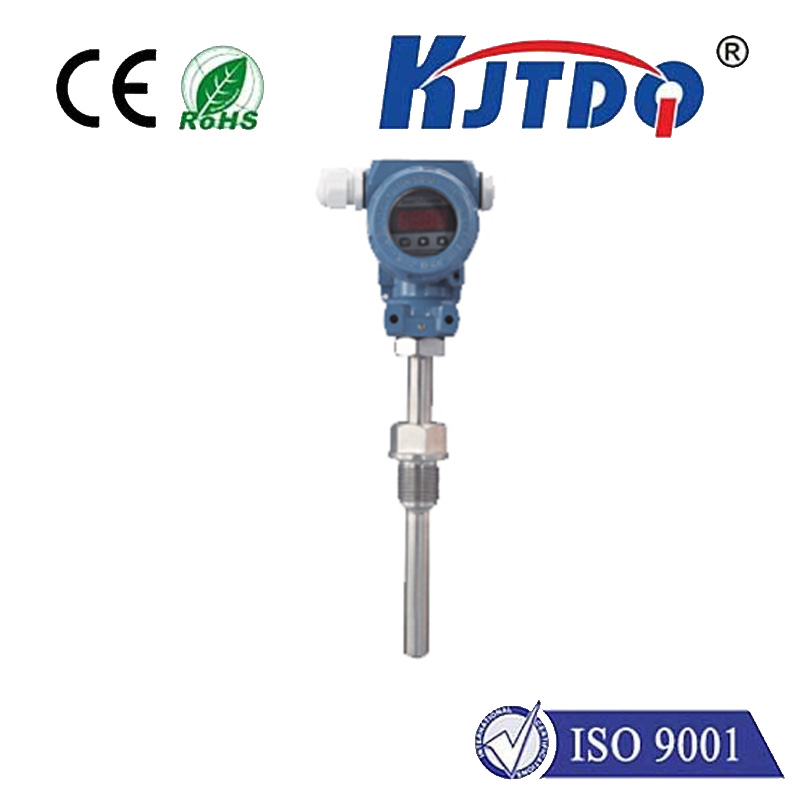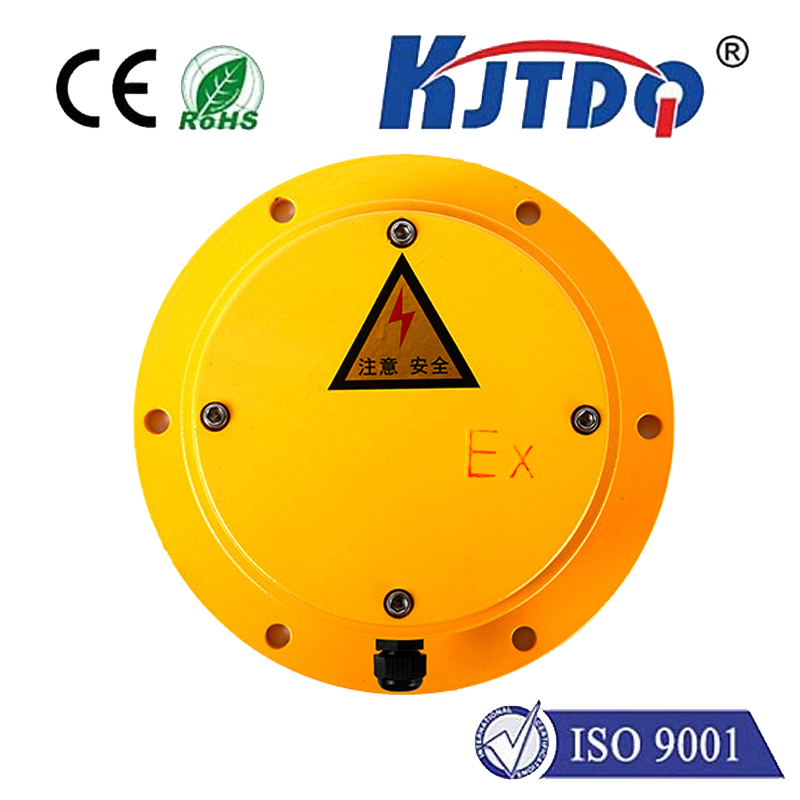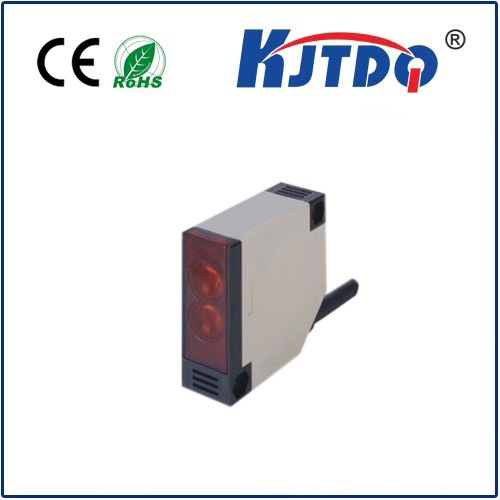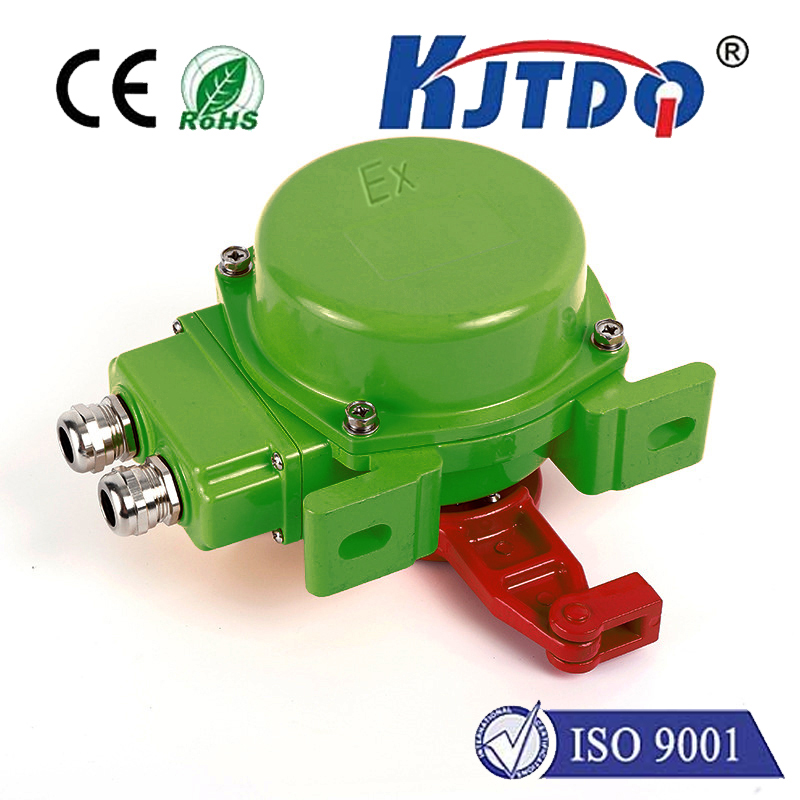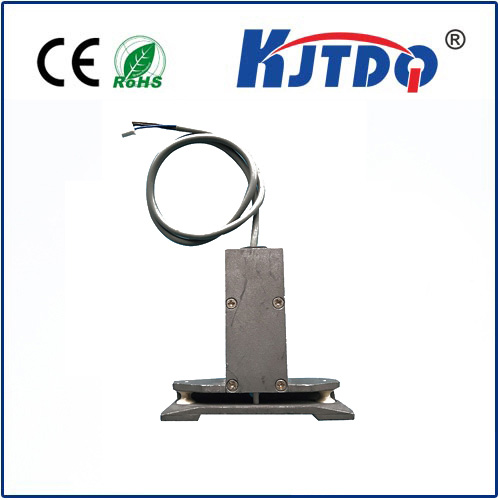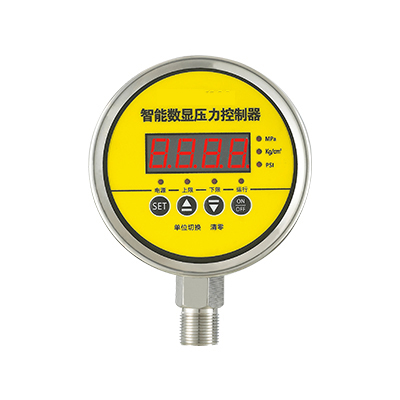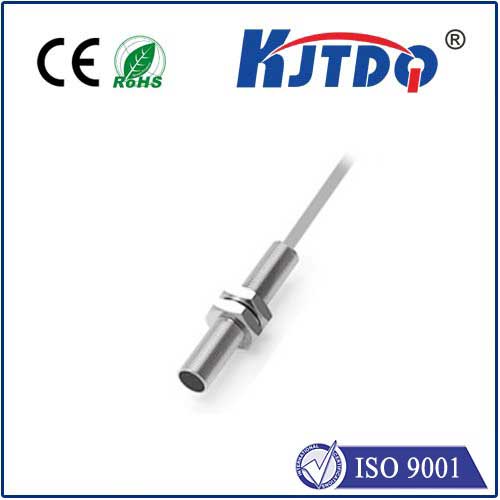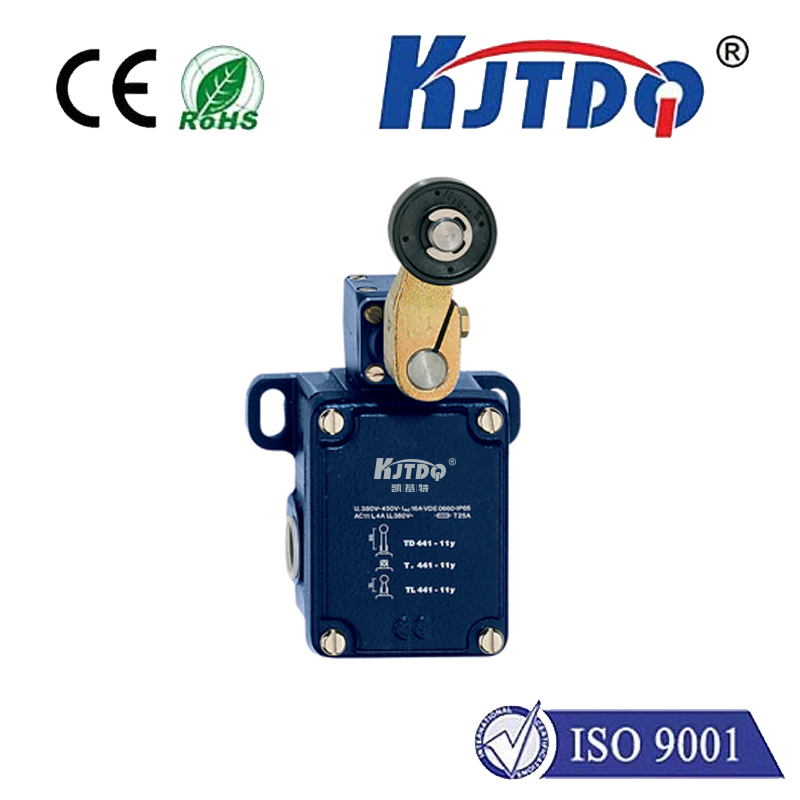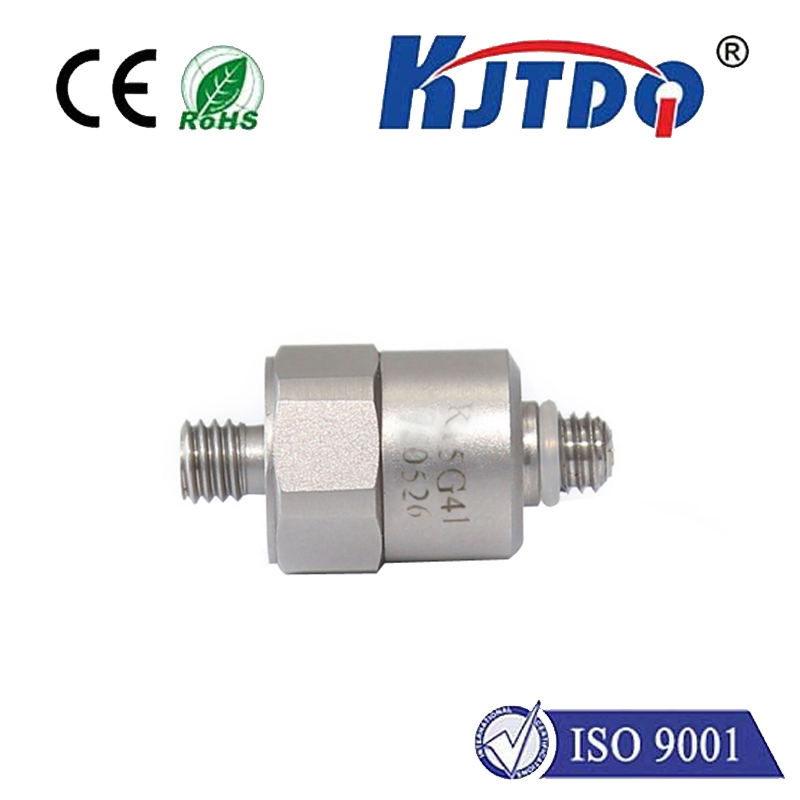SPS-2E-2-4-NPT
- time:2024-10-28 15:26:04
- Click:0

Title: Unraveling the Mystery of SPS-2E-2-4-NPT: A Comprehensive Guide
In the intricate world of industrial components and engineering specifications, acronyms and codes often reign supreme. Among these cryptic strings of characters, ‘SPS-2E-2-4-NPT’ stands as a beacon for professionals seeking precision in their projects. This guide aims to demystify this seemingly enigmatic code, shedding light on each segment and its significance.
Understanding the Code:
At first glance, ‘SPS-2E-2-4-NPT’ may appear as an unintelligible sequence, but each segment holds a vital clue to understanding its purpose. Let’s break it down:
- SPS: This could refer to a specific product line or series within an organization, standing for something unique to that manufacturer’s catalog. It signifies a starting point, setting the stage for further specifications.
- 2E: Often, numbers in such codes represent dimensions, ratings, or versions. Here, ‘2E’ might denote the model number, with ‘E’ possibly indicating an enhanced or evolved version from previous models. It’s crucial to consult the manufacturer’s documentation for precise meanings.
- 2: Another digit, which can imply various attributes depending on context. In some cases, it could signify a dimension (e.g., length in millimeters), a capacity limit, or even an iteration of the design.
- 4: Continuing the numerical theme, ‘4’ adds another layer of detail, potentially related to pressure ratings, sizes, or another specification unique to the product range.
- NPT: Finally, we arrive at ‘NPT’, an abbreviation widely recognized in plumbing and mechanical industries. It stands for National Pipe Thread, a standardized system used for measuring threads on pipes and fittings in the United States. The ‘NPT’ designation ensures compatibility and interchangeability across different manufacturers adhering to this standard.
Contextual Significance:
With ‘SPS-2E-2-4-NPT’ deciphered, we see it represents a specialized component tailored for applications demanding strict adherence to size, threading standards, and performance criteria. Whether it’s part of a high-pressure hydraulic system, a sophisticated pneumatic setup, or an essential element in fluid dynamics research, this code encapsulates the meticulous nature of modern engineering.
Importance for Engineers and Buyers:
For engineers designing systems or buyers sourcing components, understanding such codes is paramount. It ensures they select the right part that not only fits physically but also meets the operational requirements of their project. Misinterpretation could lead to costly errors, delayed timelines, or compromised system integrity.
Conclusion:
‘SPS-2E-2-4-NPT’ is more than just a string of letters and numbers; it’s a roadmap guiding industry professionals towards efficient, compatible, and high-performing solutions. By decoding these sequences, we unlock a world of precision engineering where every detail matters, ensuring systems operate seamlessly and effectively. For those navigating the complex landscape of industrial specifications, mastering the language behind these codes is a skill worth cultivating.





